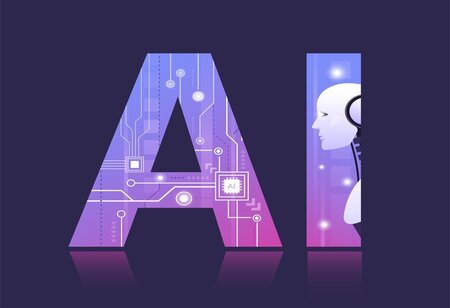AI-driven Diagnosis Apps Mark a Revolutionary Change in Healthcare Provision
By Consultants Review Team
 The way patients are diagnosed and treated is changing as a result of the integration of artificial intelligence (AI) into medical technologies. The delivery of healthcare is expected to undergo a radical transformation owing to cutting-edge AI-powered diagnosis apps. By 2030, it is anticipated that the market for these diagnostics will rise to $908.7 billion. According to GlobalData, a data and analytics business, these technologies offer real-time information, customized treatment plans, and affordable solutions, improving both efficiency and patient results.
The way patients are diagnosed and treated is changing as a result of the integration of artificial intelligence (AI) into medical technologies. The delivery of healthcare is expected to undergo a radical transformation owing to cutting-edge AI-powered diagnosis apps. By 2030, it is anticipated that the market for these diagnostics will rise to $908.7 billion. According to GlobalData, a data and analytics business, these technologies offer real-time information, customized treatment plans, and affordable solutions, improving both efficiency and patient results.
According to Elia Garcia, a medical analyst at GlobalData, "it is anticipated that the market for remote patient monitoring will grow to $760 million by 2030." In a similar vein, the predicted expansion of the AI market highlights the importance of AI and machine learning for future diagnoses in the healthcare sector. These patterns point to a burgeoning industry that is ready for investment and innovative concepts, and AI-driven solutions have the power to drastically alter the delivery of healthcare.
A field in which artificial intelligence is making notable advancements is the identification and treatment of particular medical disorders, including scoliosis. Momentum Health has advanced the treatment of scoliosis significantly with the FDA-approved AI-predicting software Momentum Spine.
It's claimed that this non-invasive method would improve accessibility while also facilitating more proactive and individualized patient treatment. Users may record a video with their mobile device, and the program will use the footage to apply artificial intelligence (AI) to create a three-dimensional (3D) model of the torso.
As Garcia concludes, "These technologies allow healthcare professionals to make well-informed decisions more quickly and efficiently by providing them with access to real-time measurements and predictive analytics." Furthermore, these devices' non-invasive design may lessen the need for conventional diagnostic techniques, saving money and improving patient outcomes.




